Antifreeze is a liquid that removes excess heat during the operation of internal combustion engines, thereby preventing them from reaching critical overheating. It also prevents the cooling system from freezing in winter when the car is stationary. As a result of vehicle operation, antifreeze gradually loses its useful characteristics and requires periodic replacement. It is important to learn all aspects of choosing and replacing antifreeze in Toyota Corolla cars.
Coolants from different manufacturers differ in composition, in addition, they can be painted in different colors: red, blue, green, etc. As a rule, the color of the liquid does not depend on its composition, and each brand has its own color scheme. Most often, staining is associated with convenience for the consumer:
-
The colored liquid can not be confused with a drink and drink.
-
For each particular brand, the color is associated with the concentration of the active substance and the chemical type of the base. By topping up or pouring the composition of the same color from the same manufacturer, you can avoid flushing the cooling system.
-
Most manufacturers tint the coolant with fluorescent dyes, which allows you to quickly determine the location of its leakage.
The only exception to this rule are propylene glycol-based products - they are most often dyed red or pink. But the only sure way to determine the composition of the product is to read the label.
Properties of engine coolants
During operation, the coolant heats up to 100 degrees and above, and when the car is parked, it cools down to ambient temperature. The efficiency of the cooling system and the durability of the power plant itself directly depend on the properties of antifreeze . Therefore, it must meet the following requirements:
-
high heat capacity and thermal conductivity;
-
mobility;
-
low expansion coefficient and crystallization temperature;
-
the agent should not cause corrosion of metal surfaces, destroy rubber parts (seals and pipes) and foam during operation.
-
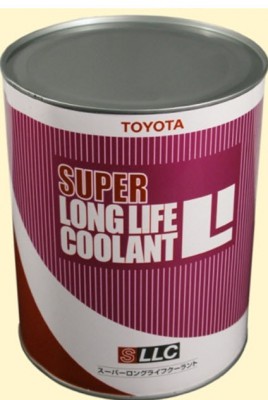
Classification of antifreezes
All existing coolants can be divided into three groups: basic, nitrate-free and silicate-free. Depending on the base, they are also available in ethylene glycol and propylene glycol.
Each of these groups is characterized by an individual composition and a set of additives used. Most of them cannot be mixed, especially for the silicate-free group: at best, the resulting mixture will have other properties that differ from the original ones; at worst, antifreeze coagulates in the pipes of the cooling system and it will have to be washed.
What antifreeze is recommended to fill a car in a Toyota Corolla
Each automaker has its own requirements for the composition of the coolant, based on the characteristics of the cooling system. There are a large number of universal tools suitable for different brands of cars. For Coroll, you can use various types of coolants produced on different bases; there is also no evidence that universal products lead to poor performance of their cooling system.
The automaker recommends the use of silicate-free fluids with an organic corrosion inhibitor based on propylene glycol for optimal engine performance. This is due to the principle of operation of the cooling system: a more viscous composition is best suited for forced injection of coolant. Toyota original antifreezes meet these requirements:
-
LongLifeCoolant (LLC) is a red liquid.
-
Super Long Life Coolant (S LLC) - has a pink color.
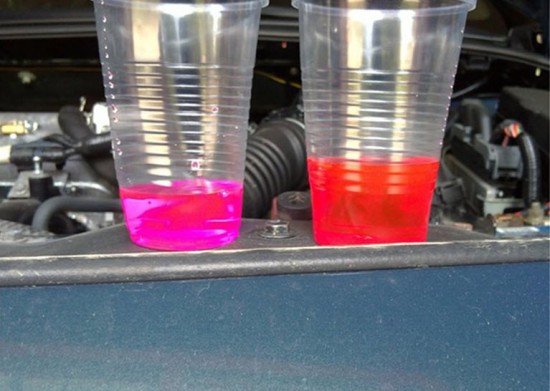
Mixing products of pink and red colors in the cooling system is not allowed, since after that it becomes necessary to flush the system.
When should antifreeze be replaced?
There is a planned replacement of antifreeze, caused by the gradual destruction of the additives included in its composition. As a result, the agent begins to foam, the heat exchange process in the engine worsens, which can lead to its overheating. Also, due to a change in the set of additives, parts in contact with the liquid may be destroyed.
On the packaging of each product there is information about the period of its operation. It is she who should be primarily guided by the schedule of replacements. If, due to various factors, there is a rapid "aging" of the coolant, then the replacement is carried out ahead of schedule.
The main signs that the composition has become unusable:
-
a jelly-like mass appears on the surface of the expansion tank;
-
in case of slight frosts, the contents of the expansion tank turn into a mushy state, or some kind of sediment appears in it;
-
frequent operation of the cooling fan;
-
visually noticeable contamination of the contents with foreign substances;
-
in case of an emergency, for example, if a hose burst on the road and water had to be added to the system.
Do-it-yourself antifreeze replacement
Replacing the coolant in a Toyota Corolla is not particularly difficult and does not require the use of special tools. If necessary, this work can be done without problems with your own hands, without contacting the service station.
Step by step replacement:
-
place a pan or other container under the radiator and engine to drain the liquid;
-
if necessary, wait for the engine to cool completely;
-
remove the cover of the expansion tank;
-
open the stove tap to the maximum;
-
unscrew the drain plugs on the cylinder block and radiator, and wait until the contents drain completely;
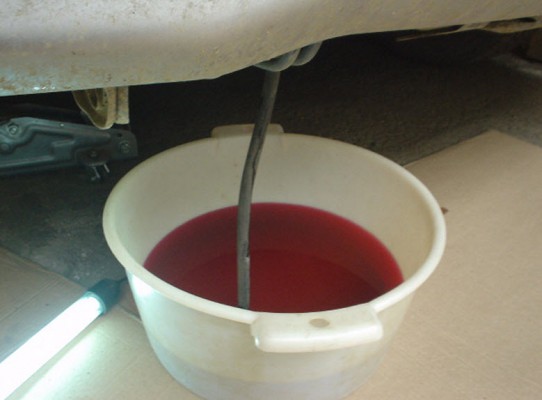
-
screw the plugs and tighten them with the required force;
-
gradually pour new antifreeze into the expansion tank to the maximum level mark;
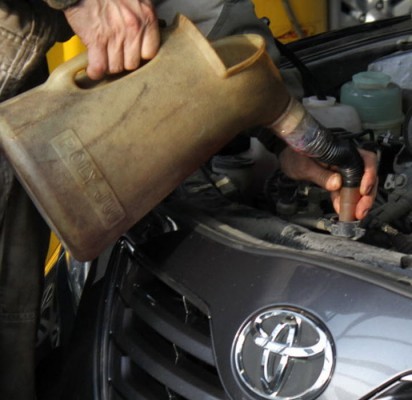
-
squeeze the outlet and inlet pipes of the radiator several times, and if the fluid level drops after that, add it to the desired level;
-
put the valve cap back on the expansion tank.
After replacing, start and warm up the engine so that the thermostat opens and let the car run for 5-10 minutes. Press the gas pedal to raise the rpm to 3000 and hold the car in this mode for 1 minute. The engine should then idle for 30 seconds. This operation should be repeated 3-5 times so that the new composition is evenly distributed inside the cooling system.
After the engine has cooled down, check the level of antifreeze in the tank again and top up if necessary.
Engine Coolant Fluid Change Safety
When changing the coolant yourself, the following precautions should be taken:
-
Do not unscrew the expansion tank cap when the engine is hot, as this may cause burns due to the release of steam or liquid.
-
If the composition gets on the body or in the eyes, rinse them as soon as possible with a large volume of cold water.
-
When squeezing the rubber pipes of the cooling system, you need to be careful, as they can be hot - use gloves when doing this work.
-
When replacing or topping up, use the same composition that was filled in earlier, when choosing Toyota fluids, do not mix red and pink products. Otherwise, flush the cooling system before filling.
Source: http://corollafan.ru/obsluzhivanie/zamena-antifriza-tojota.html
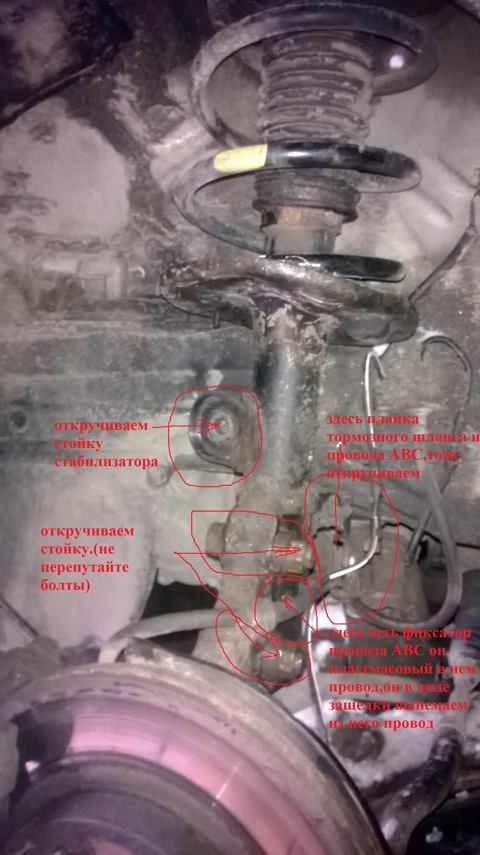
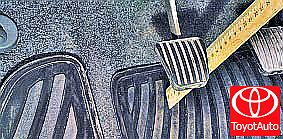
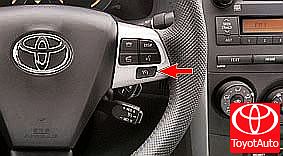
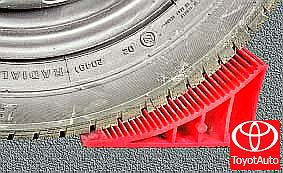
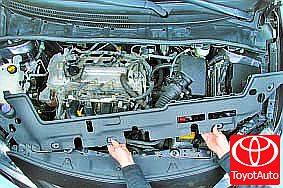
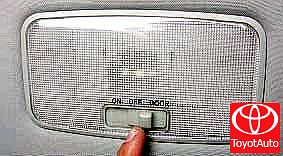
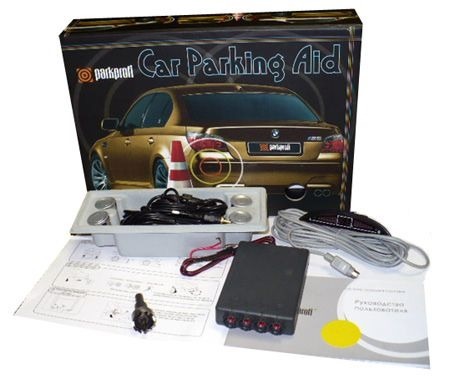
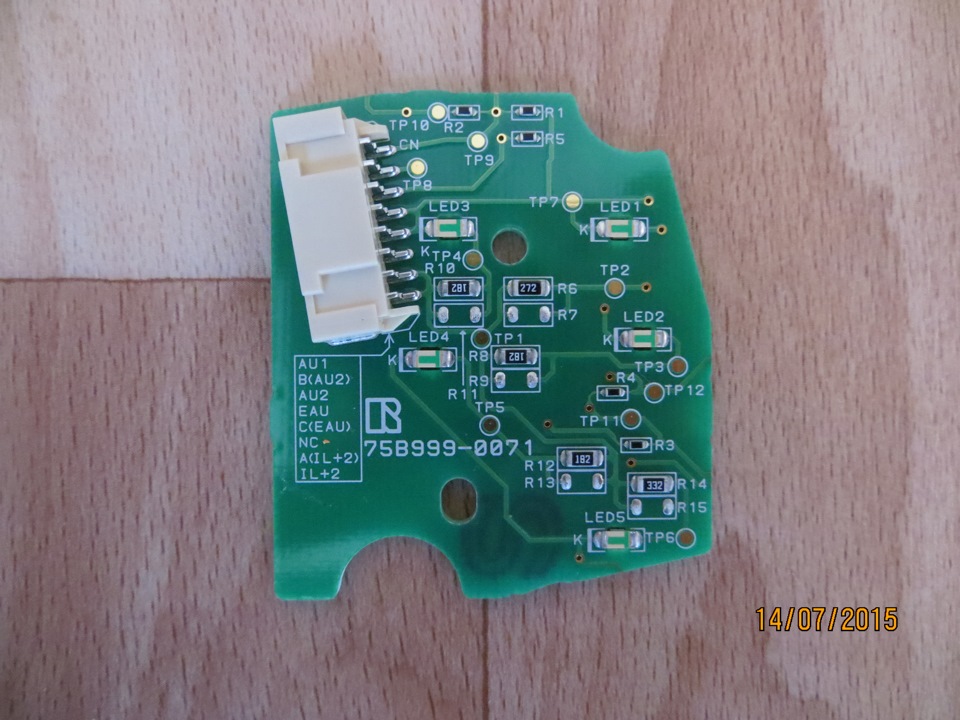
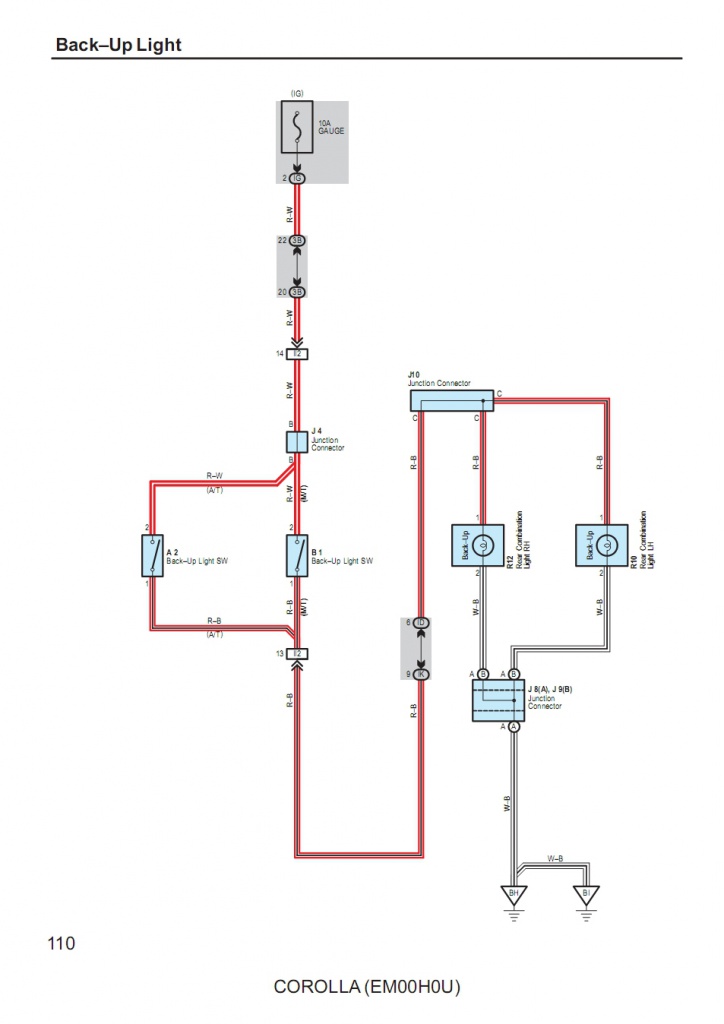
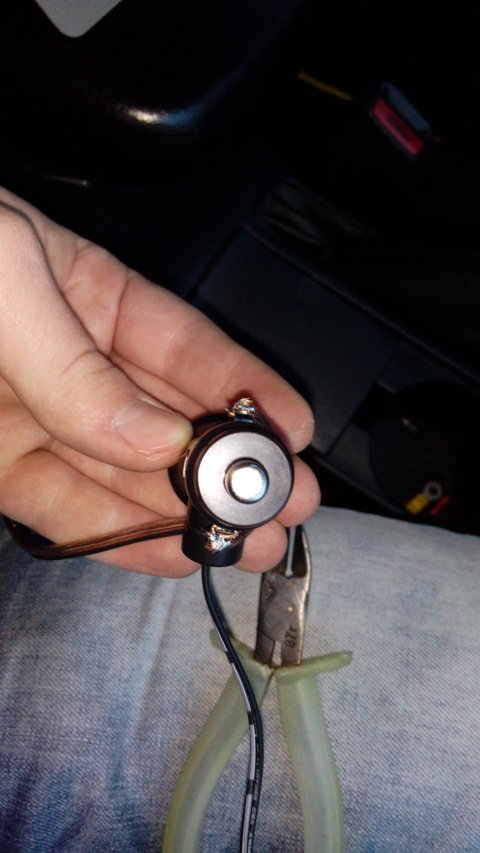
![E140/E150 [2006 - 2010]](/uploads/Toyota_Corolla_E140_2006_-_2010_.jpg)
